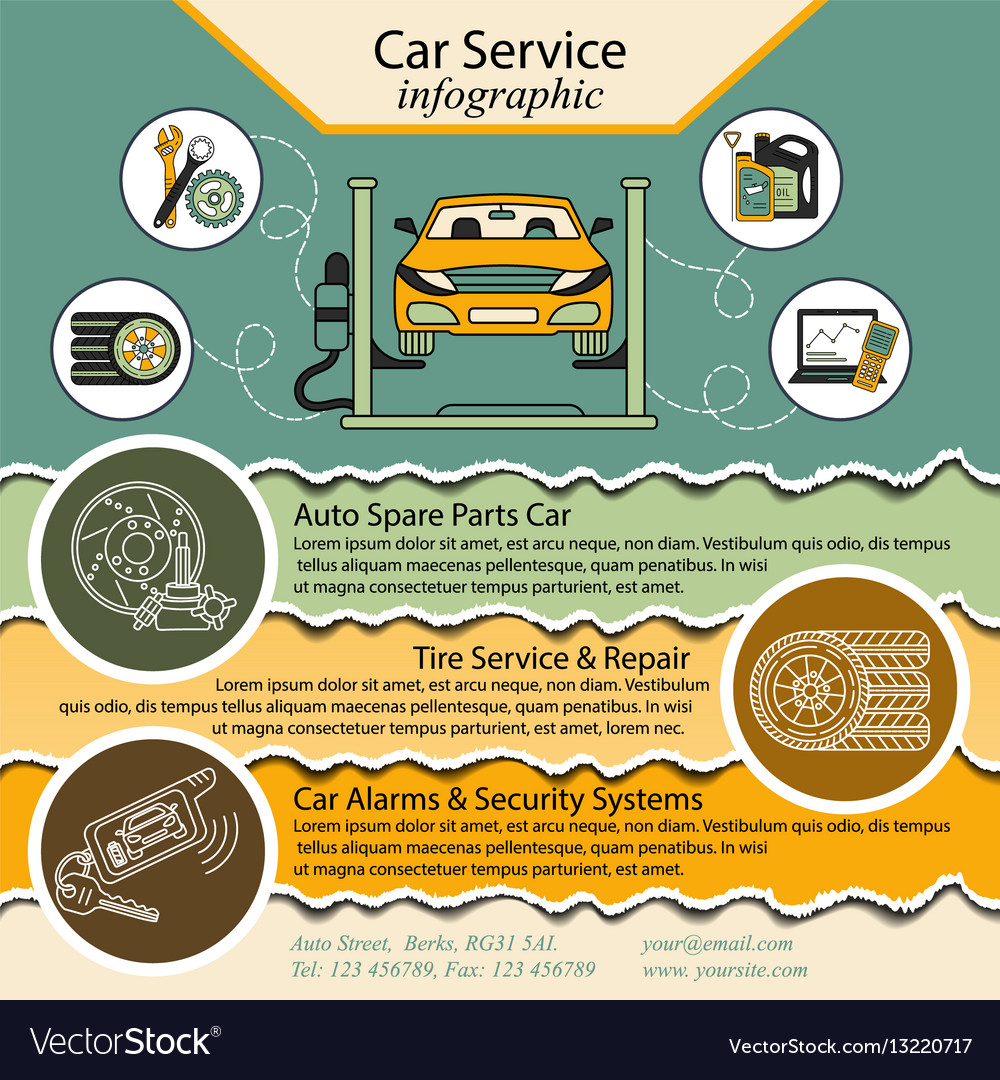Realizing The Relevance Of Your Automobile'S Warning Signals: What They Actually Stand For
Realizing The Relevance Of Your Automobile'S Warning Signals: What They Actually Stand For
Blog Article
Uploaded By-Vinson Dalgaard
When you lag the wheel, those glowing caution lights on your dashboard can be a bit bewildering. Do you recognize what they're attempting to inform you about your car's health and wellness? Understanding the significance of these lights is essential for your safety and the long life of your car. So, the next time among those lights turns up, wouldn't you wish to understand its message properly and take the necessary actions to address it?
Common Warning Lighting and Interpretations
Identify typical warning lights in your vehicle and understand their meanings to guarantee secure driving.
The most normal caution lights include the check engine light, which signifies concerns with the engine or emissions system. If this light comes on, it's crucial to have your lorry inspected quickly.
The oil pressure alerting light shows low oil pressure, requiring instant interest to avoid engine damages.
A flashing battery light may recommend a damaged charging system, possibly leaving you stranded if not attended to.
The tire stress tracking system (TPMS) light alerts you to reduced tire pressure, influencing lorry stability and fuel performance. Overlooking this might result in hazardous driving problems.
The abdominal light indicates a trouble with the anti-lock braking system, jeopardizing your ability to stop swiftly in emergency situations.
Lastly, the coolant temperature cautioning light warns of engine getting too hot, which can result in serious damage otherwise dealt with promptly.
Recognizing these common caution lights will assist you address concerns quickly and preserve risk-free driving problems.
Importance of Prompt Focus
Recognizing the usual warning lights in your vehicle is just the initial step; the significance of immediately resolving these cautions can't be highlighted enough to guarantee your safety when driving.
When a warning light brightens on your dashboard, it's your auto's way of communicating a potential issue that needs focus. Disregarding these cautions can lead to more severe troubles later on, jeopardizing your safety and security and potentially costing you more in repairs.
https://oilchangecost39516.blogadvize.com/37161997/a-key-resource-highlighting-the-vital-tools-in-every-vehicle-fixing-workshop-shedding-light-on-the-techniques-for-efficient-automobile-care to advising lights can protect against breakdowns and mishaps. As an example, a flashing check engine light could indicate a misfire that, if left neglected, could trigger damage to the catalytic converter. Resolving this without delay can save you from an expensive repair work.
Similarly, a brake system advising light may indicate reduced brake liquid or worn brake pads, important elements for your security when driving.
DIY Troubleshooting Tips
If you discover a caution light on your control panel, there are a few DIY repairing ideas you can attempt prior to seeking specialist aid.
The first step is to consult your cars and truck's manual to comprehend what the certain warning light suggests. Occasionally https://salinapost.com/posts/b0ce641c-7532-457e-a864-0b9a2ba4a44f can be as simple as a loose gas cap causing the check engine light. Tightening the gas cap may solve the trouble.
An additional common issue is a low battery, which can trigger different cautioning lights. Examining the battery connections for corrosion and guaranteeing they're safe could fix the trouble.
If a warning light persists, you can try resetting it by separating the cars and truck's battery for a couple of minutes and then reconnecting it. In addition, inspecting your automobile's liquid levels, such as oil, coolant, and brake liquid, can help troubleshoot alerting lights connected to these systems.
Conclusion
To conclude, recognizing your vehicle's caution lights is important for maintaining your automobile running efficiently and safely. By quickly addressing these notifies and knowing what they imply, you can prevent expensive repair work and potential breakdowns.
Bear in mind to consult your auto's manual for specific information on each cautioning light and act appropriately to guarantee a hassle-free driving experience.
Stay educated, stay secure when driving!
